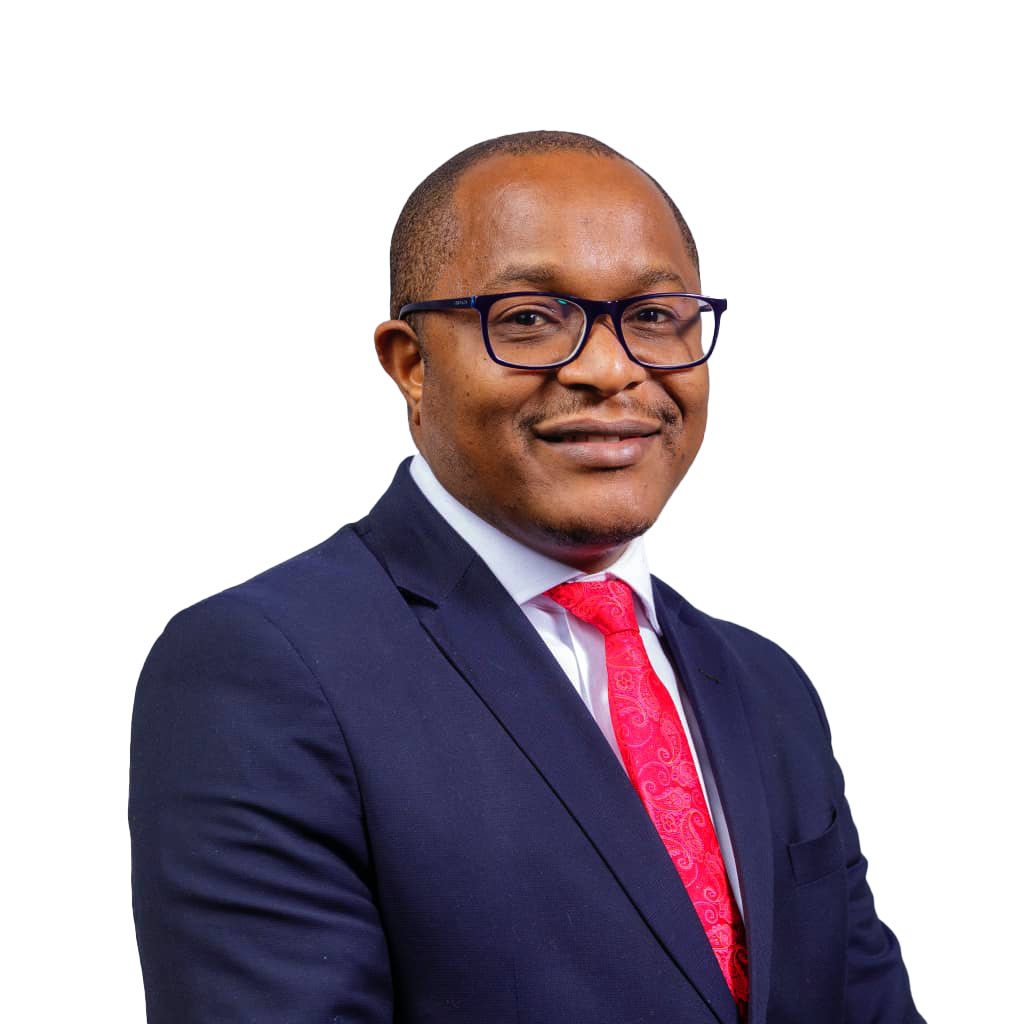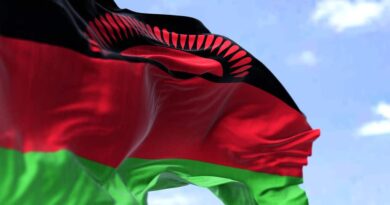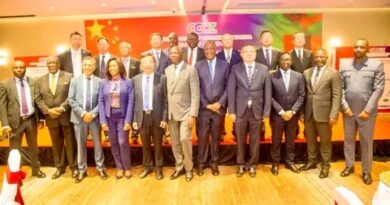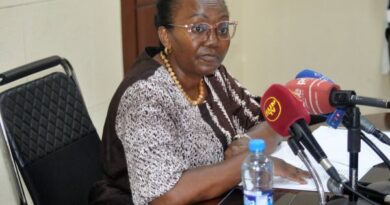Zambia Leads Africa’s Clean Energy Transition with Landmark Reforms
Africa is no longer waiting in the wings of the global clean energy transition—it’s actively rewriting the rules. At the forefront of this movement is Zambia, which has taken bold steps to unlock private sector investment in clean power through a new Electricity Open Access Framework.
This policy reform marks a historic shift from Zambia’s traditional single-buyer electricity model. Now, independent power producers (IPPs) can sell power directly to consumers using the infrastructure of major utilities like ZESCO, Copperbelt Energy Corporation (CEC), and North-Western Energy Corporation (NWEC).
The change is part of Zambia’s National Energy Compact—one of 12 submitted under the continent-wide “Mission 300” initiative to boost renewable energy development.
Absa Bank Zambia’s Corporate Banking Director, Brian Kalero, noted in a recent statement that Zambia is setting an example for how smart regulation can stimulate clean energy finance. “Africa is not just attracting investment; it’s building the legal foundations to make clean power bankable,” he said.
This regulatory innovation comes amid a broader movement across Africa. According to the World Economic Forum, Sub-Saharan Africa recorded the highest global improvement in energy transition equity, growing 10% in the past decade.
However, policy volatility has long deterred investment in long-term energy infrastructure—something several governments are now addressing through more predictable, pro-investment regulatory environments.
Zambia and South Africa are among the nations reforming tariff systems to better balance commercial viability with affordability, using targeted instruments to protect vulnerable populations while attracting capital.
Meanwhile, the continent is also embracing decentralised energy models. Distributed solar energy is gaining traction in urban and peri-urban areas, driven by both consumer choice and enabling government policies. National central banks are adjusting green finance regulations to encourage commercial lending for clean power projects, including liquidity support mechanisms and more flexible lending terms.
Still, challenges remain. One of the most pressing is the disconnect between growing generation capacity and inadequate transmission and distribution networks. Without significant grid investment, much of Africa’s new renewable power risks going unused.
Experts argue for a unified investment strategy that integrates generation, transmission, and distribution planning, with regional power pools and cross-border transmission corridors forming the backbone.
Kalero emphasized the importance of political stability, transparent policies, and regulatory independence in attracting long-term capital. “Africa’s energy opportunity lies not just in demand, but in the strengthening of the systems designed to meet it,” he said.



